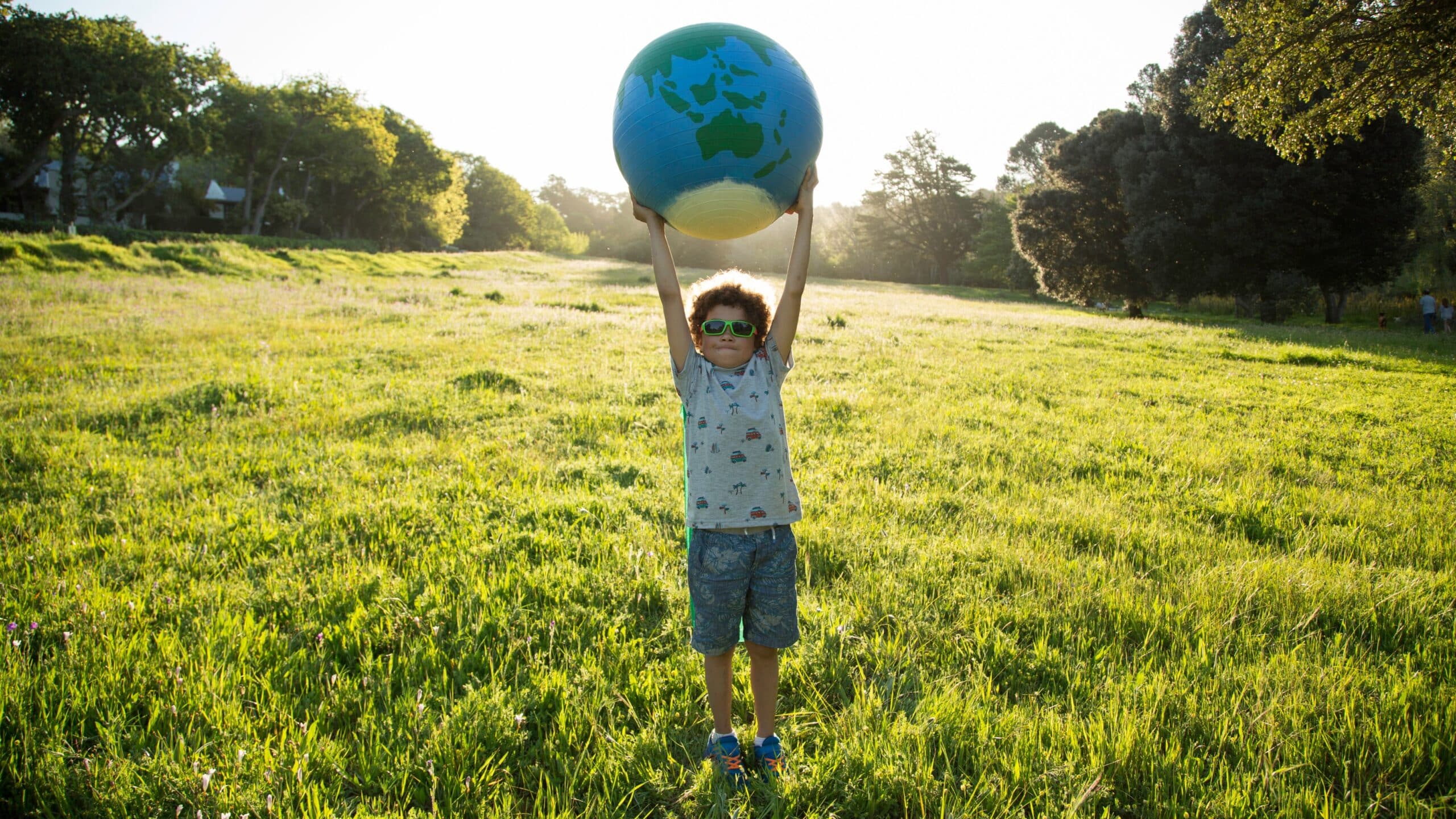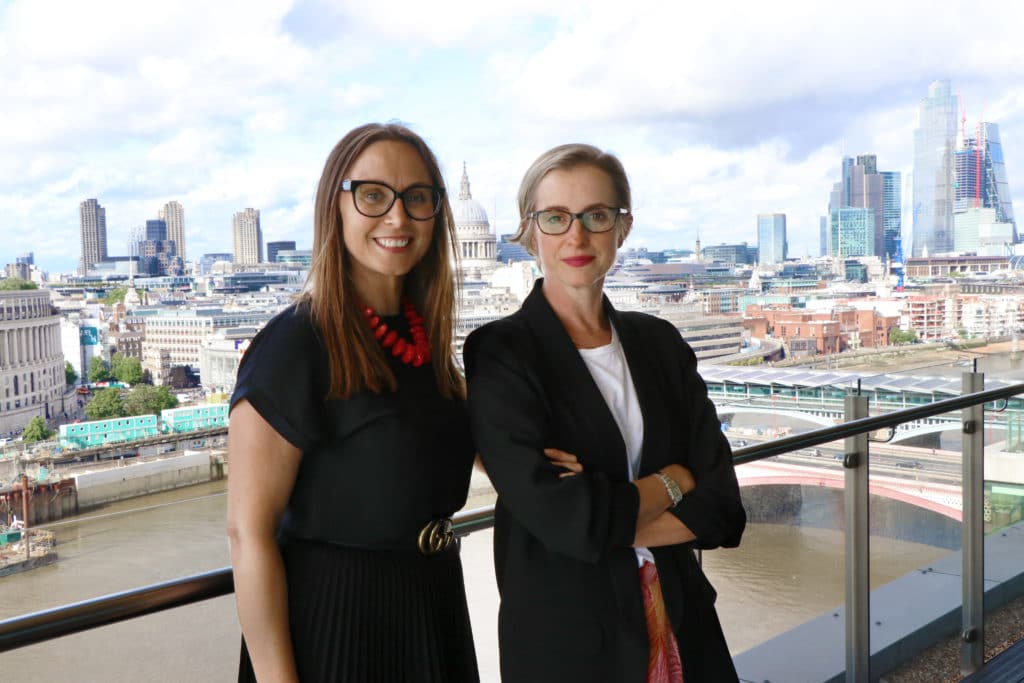It’s time to mind the inclusivity gap in sustainable marketing
Inclusivity is one of the four themes of this year’s COP28. So, as we enter National Inclusion week, it seems like a good time to shine a light on the inclusivity gap we have in our industry. Especially when it comes to marketing sustainable messages, products and services.
The Climate Change Committee estimates that in order to stay on track with the Paris Agreement, one-third of carbon reductions will need to come from consumers adopting low-carbon lifestyles. To achieve this we can’t just speak to the small group of super engaged sustainability pioneers. We have to see sustainable behaviour change on a much greater scale by including people from every background, across the UK.
Climate change will drive greater wealth inequality in the UK. According to the Race Equality Foundation it will impact those from ethnic minority groups, people with underlying health conditions, disabilities, children and old people the most. The real key to unlocking greater sustainable behaviour change in our society is by widening the lens and being more inclusive when digging deeper into insights, ideas and communication strategies for sustainability.
We owe it to everyone to be inclusive and to bring everyone along on the fight against climate change. This will help drive deeper understanding of the local issues we face in the UK and make sustainable living accessible to everyone.
The root of the inclusivity gap
Breaking down most sustainability segmentation work from IPSOS, Kantar, Savanta and Media Bounty – roughly 14-18 percent of the population are actively engaged in climate change and taking action to live more sustainable lives. These groups tend to have higher incomes, be well educated with time and money to spend on adapting their lifestyle.
With this in mind, most brands playing in this space are developing products, pricing and messaging with ‘the engaged’ target audience in mind. And while it may seem to be logical to speak to people who are more likely to buy your sustainable product, the result is that sustainable living seems like an inaccessible luxury to the mainstream population.
Media Bounty’s recent ‘Beyond the Climate Bubble’ report identified the big audience opportunity outside the ‘engaged’ as the ‘persuadables’ making up 69 percent of the population. The research revealed that most people thought sustainable products ‘just weren’t for people like them’ – reviewing the campaigns for sustainable brands the creative used mostly feminine, middle class cues and ignored diversity.
When we’re still living in a cost of living crisis, and inequality is deepening in society, this marketing strategy makes sustainable living feel very far away from reality. There is a huge opportunity for brands to remove these frictions and drive greater societal change by making sustainability inclusive for all and think citizens first, not just consumers.
The opportunity
What we see from the data is that the ‘engaged’ are not the only ones who care about climate change. According to Edelman’s Trust Barometer, 77 percent of people are worried about the effects of climate change and in the Deloitte ‘Global State of the Consumer Tracker’ from March this year, most respondents believe climate change is an emergency, regardless of income and background.
Added to this the WPP ‘Consumer Equality Equation’ report released last year, revealed ‘Sustainability’ ranks as an incredibly important issue to all respondents, but in particular those from minority ethnic groups. When asked if brands should be in conversations about climate change and sustainability, 73 percent of Black and Mixed Ethnic groups thought this was important compared to 63 percent from white respondents.
These are groups who care about climate change and want more action. But they are currently being left out of the important evolution of new sustainable products and services, as well as the marketing and advertising communications. When forecasts show the disposable income of minority ethnic groups is projected to be £3.06trillion by 2031 (WPP CEE report) and the disposable income of people with disabilities and their families is £274b a year (Purple Goat) – their involvement is absolutely critical to hitting the targets set in the Paris agreement.
It feels like inclusivity is the solution to close the great ‘value action’ gap that the UN has cited as the ‘holy grail’ in overcoming the barriers to widespread sustainable consumption.
So what?
This is where our collective creativity and passion for diversity and inclusion as an industry needs to shine. We need to apply one of our most basic principles for marketing to drive behaviour change on a mass scale. Be relevant.
Rather than ‘pushing’ sustainability onto set groups of people, we should enable everyone to connect their values, identities and histories with sustainable action.
Four things:
- Accessibility. This isn’t just about price (but this is mission critical), it’s about making sure sustainable communication connects with everyone. Whether that is through diverse representation, inclusive value driven insights, translated into different languages or disability enabled platforms and media partners. It’s also about ensuring that mainstream products are sustainable, while maintaining core product benefits. This way it organically becomes the default rather than being harder to find or require further effort to switch. And lastly, it is essential to make it easy to understand why. We don’t need to flex our science muscles and alienate people.
- Make it human. All too often the issues around climate change are hard to connect to as they feel global and too distant. Research shows that people are more likely to take action for issues that affect their local communities and people they care about. Representing people with disabilities, showing local inner-city areas rather than countryside, or reflecting different religious practices in advertising will make sustainability feel much more inclusive. OOH is a channel we can make great use of here given how connected to local communities this media platform is.
- Make use of technology. We now have the data, tech and creativity to be able to speak to everyone, everywhere, one to one through addressable activation. At GroupM, we see addressable campaigns drive improved outcomes of up to 20-100 percent, so now is the time for sustainable brands and sustainable messaging to get smarter with activation to engage with everyone in a way that best connects for them.
- Make it joyful. In 2022 Edelman released research that showed people believe sustainable living is joyless and means giving up life’s pleasures. When life is so tumultuous right now, people will feel protective over what ‘little treats’ they have. We need a serious re-framing of sustainable living as ‘the good life’ rather than one without. We know positivity in marketing works, it’s time to use it for wider and more inclusive sustainable change.
After all, inclusivity matters.
Article originally published in LBBOnline.













